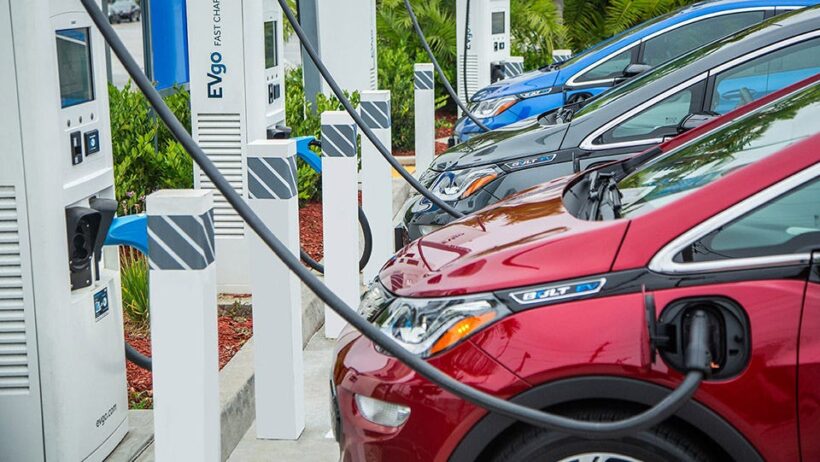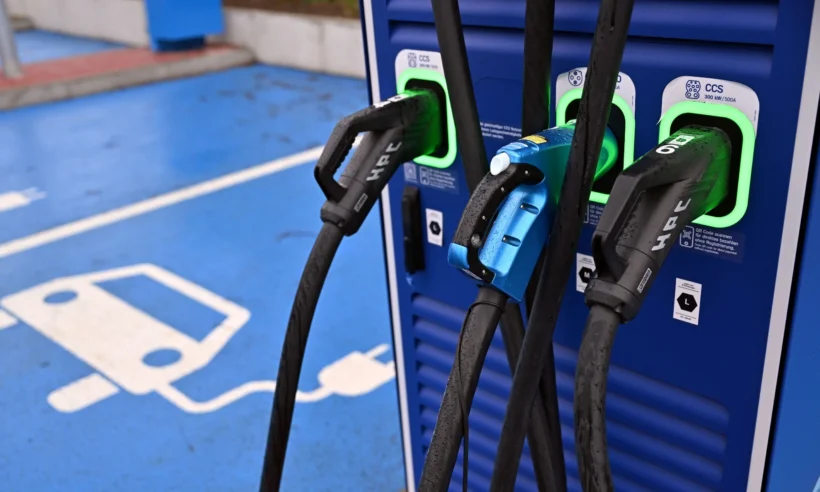The electric car purchase is a serious task, before which the potential owner will have to familiarize himself with its basic technical parameters. The built-in battery capacity, electric car charging stations’ basic types, and known charger connectors varieties are among the most important.
What do you mean by fast charging an electric car?

Fast loading points used for cars are applied for installation and operation in public locations – in supermarket parking lots, near offices and shopping centers, in restaurants, clinics, and beside residential complexes. At the same time, the charging procedure takes from half an hour to 2 hours for a full battery charge.
The equipment of this station’s type allows you to convert the current from the power network into a direct one in advance. Its reserves are stored in special compact batteries. When a car is connected, the equipment instantly sends current to the battery, bypassing the charger mounted inside the vehicle.
It should be understood that not all types of electric vehicles in use today can interact with this kind of charging. For other types of electric vehicles, different varieties of loading standards and connectors have been developed. If your «iron horse» supports this type of charging, you can safely use the services of such stations. As a result, the charging time will be significantly reduced. The cost of charging is perhaps the main problem of all electric vehicles. For comparison, check out the times it takes to charge average Tesla batteries using different loading methods:
● Via the outlet – almost 24 hours.
● With the help of a powerful charging points – 4-8 hours.
● Through fast charging services – less than 60 minutes.
The most common types of charging stations

The charging standard is considered one of the most important technical parameters. Not all loading points located within your city or other locality, on the roads on which you plan to travel, may be suitable for your charger. Cyberswitching Experts recommend utilizing special mobile applications or sites that publish up-to-date geolocation data of suitable electric car charger points. For each of these stations, it is permissible to find out the supported standards, the exact address, and prices for services.
Classification according to European standards
On the modern Europe territory, drivers come across charging points classified into 4 large groups (the charge mode is the principle of division into groups):
- Mode 1 (the weakest category of the entire group, providing power from a household electrical network; the duration of recharging is 10-12 hours; today it is rarely applicable to modern vehicles).
- Mode 2 (classic solution with alternating current; comfortable for use in solving household issues and at public points; suitable for all types of vehicles with a classic connector and protection inside the cable; the duration of the loading procedure is up to 8 hours).
- Mode 3 (the most powerful solution for electric car charging stations with alternating current; optimal for Type 1 (SAE J1772) connectors with a single-phase circuit and Type 2 for three-phase; charging time up to 4 hours).
- Mode 4 (high-speed equipment using direct current; very expensive and demanding to maintain; charge time – half an hour to an 80% state).
Tesla Supercharger is a special stand-alone type of equipment, which is fully consistent with powerful American Level 3 gas stations in its parameters.
The mentioned electric car charger may be utilized for the Tesla brand only. It takes 20 minutes for them to replenish the energy reserve in your battery by 50%, and 40 minutes for an 80% charge level. To replenish the remaining 20%, you will need to spend about 40 minutes of continuous connection to the equipment. The highest power rating of such filling points is 135 kW DC.
American standards
The first hints of the standards for electric chargers’ emergence were seen in the United States. All the electric vehicle charger devices are classified into 3 Levels:
· Level 1 – standard devices, similar in technical structure to conventional household chargers. Using these, you can charge a car for a trip designed for a maximum of 30-40 km. The time that will have to be spent on a charge is from 8 to 12 hours.
· AC Level 2 – stations connected to household electrical networks. Charging time is reduced by 2 times compared to the previous category. Level 2 is the most common station in America.
· Level 3 – the fastest DC loading (power up to 135 kW, voltage 480V). An extremely rare occurrence in both America and Europe. Level 3 is optimally suited mainly for Tesla electric units (80% charge is achieved in just 30 minutes).
Near future forecasts for charging infrastructure

Automotive and charging infrastructure experts predict a promising future for the mentioned industry. At this stage, the development trends of electric cars and charging technologies are at the peak of their popularity and demand. The legislation of the vast majority of countries is increasingly restricting the operation of transport units with built-in internal combustion engines. Subsequently, most likely, such vehicles will disappear altogether.
Loading technology is developing dynamically in parallel with this industry. The speed and simplicity of the charging process directly affect the time when the majority of drivers change to electric cars, abandoning gasoline, gas, and diesel in favor of electricity. And if yesterday we were talking about fast points with power ratings up to 180 kW, today engineers have already developed solutions with 350 kW.
The role of the IT segment in the charging infrastructure is equally important. The fact is that software and mobile applications contribute to improving the quality of the charging process. Electric motorists actively use mobile applications to find the nearest stations, and the loading points themselves use the IT segment to maintain their competitiveness.

